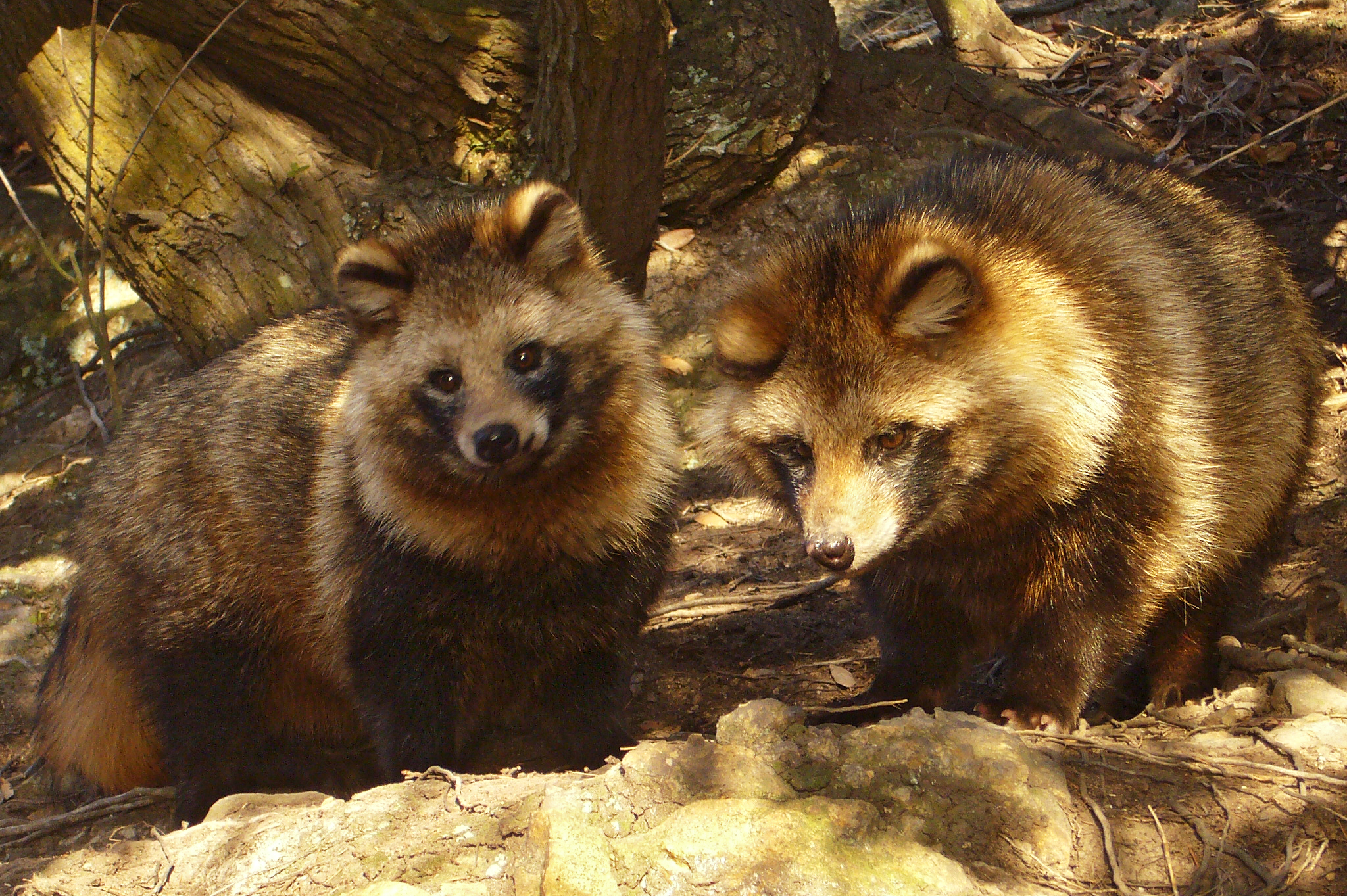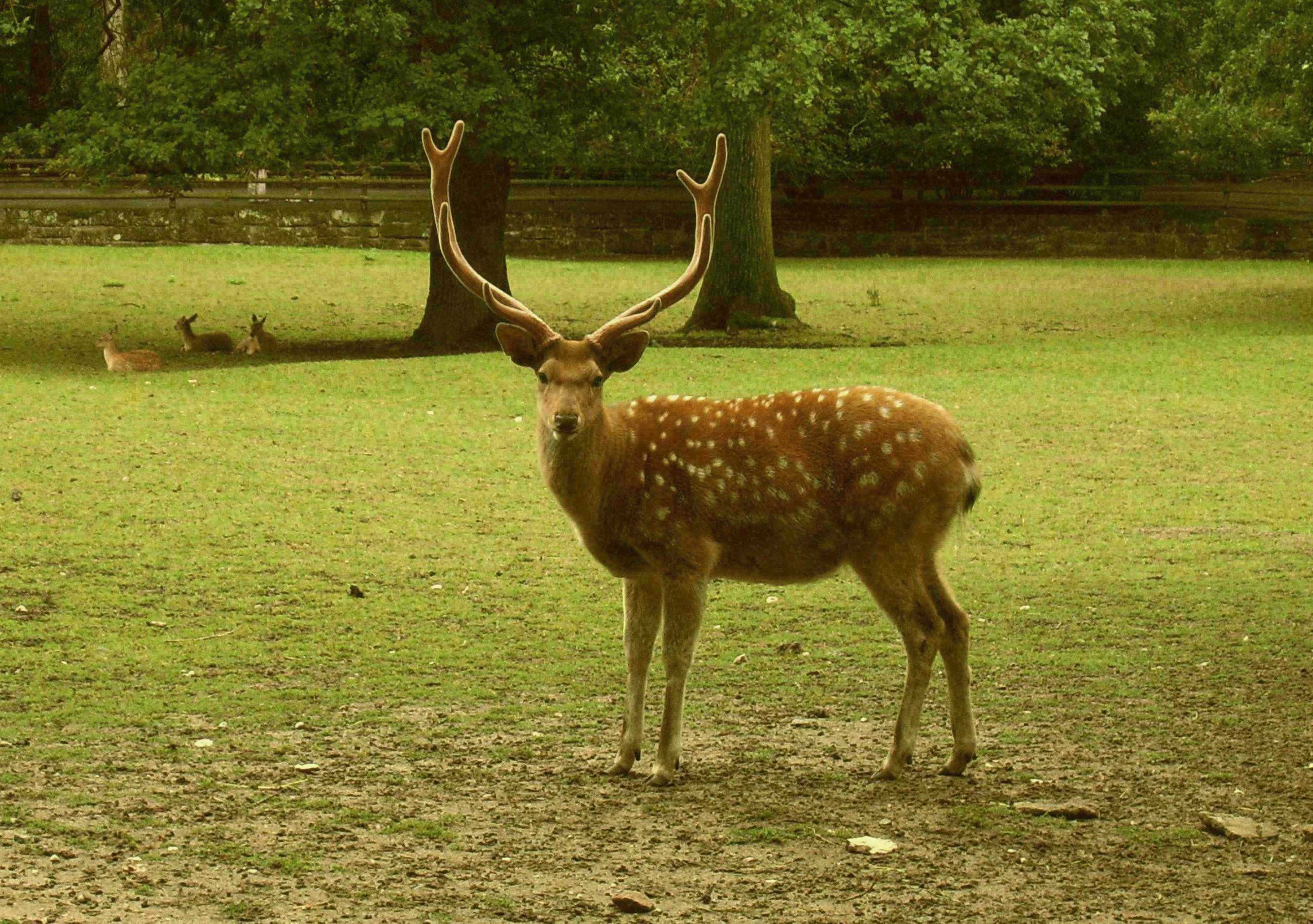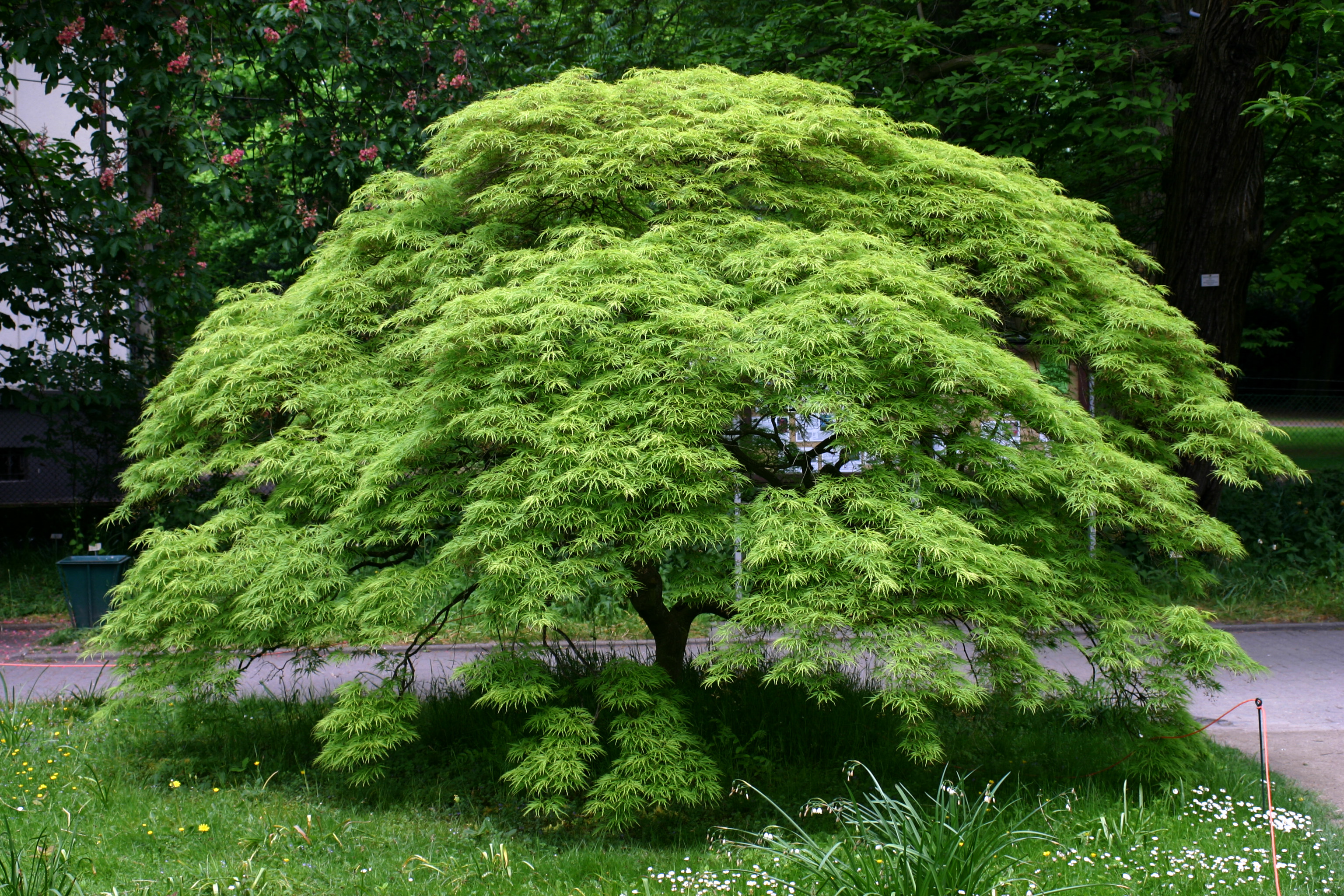|
Tanzawa Mountains
The are a mountain range in the Kantō region in Japan. The mountain range covers the northwestern part of Kanagawa Prefecture and touches the prefecture borders of Shizuoka Prefecture to the west and the Yamanashi Prefecture to the north. Mountains *Mount Hiru (蛭ヶ岳 ''Hiru-ga-take'') * Mount Fudō (不動ノ峰 ''Fudō-no-mine'') * Mount Hinokiboramaru (檜洞丸 ''Hinokibora-maru'') * Mount Tanzawa (丹沢山 ''Tanzawa-san'') * Mount Tō (塔ノ岳 ''Tō-no-dake'') * Mount Shindainichi (新大日 ''Shin-dainichi'') * Mount Ōyama (大山 ''Ō-yama'') Activities and sites Hiking The mountain range offers moderate to strenuous trails. The most popular peaks among climbers are Mount Tō (塔ノ岳) and Mount Ōyama (大山) (in the eastern part of the mountains), mainly due to their easier transportation access from Yabitsu Pass. However, the tallest of these mountains is Mount Hiru, which is . In comparison, Mount Tō is 1,491 m (4,891 ft) high and Mou ... [...More Info...] [...Related Items...] OR: [Wikipedia] [Google] [Baidu] |
Hadano, Kanagawa
is a city in Kanagawa Prefecture, Japan. , the city had an estimated population of 163,787 and a population density of 1600 persons per km². The total area of the city is . Geography Hadano is located in the foothills of the Tanzawa Mountains in west-central Kanagawa Prefecture and is approximately 12.8 kilometers north-to-south by 13.6 kilometers east-to west. About half of the city area is within the borders of the Tanzawa-Ōyama Quasi-National Park. Surrounding municipalities Kanagawa Prefecture * Atsugi *Isehara * Hiratsuka * Ōi, Nakai, Matsuda, Yamakita * Kiyokawa Climate Hadano has a Humid subtropical climate (Köppen ''Cfa'') characterized by warm summers and cool winters with light to no snowfall. The average annual temperature in Hadano is 13.4 °C. The average annual rainfall is 1906 mm with September as the wettest month. The temperatures are highest on average in August, at around 24.2 °C, and lowest in January, at around 2.9 °C. De ... [...More Info...] [...Related Items...] OR: [Wikipedia] [Google] [Baidu] |
Japanese Giant Flying Squirrel
The is a species of flying squirrel, one of the giant flying squirrels in the genus '' Petaurista''. Description Like other flying squirrels, it has a web of skin between its legs which it uses to glide between trees. Glides of 160 metres have been recorded. The tail is used for stability during flight. The body is about 25–50 cm long, and the tail a further 30–40 cm. It weighs between 700 and 1500g. It is much larger than the related Japanese dwarf flying squirrel which does not exceed 220g. It eats fruit and nuts and lives in holes in large trees. The female has a home range of about a hectare and the male about two hectares. Distribution and habitat It is native to Japan, where it inhabits sub-alpine forests and boreal evergreen forests on the islands of Honshu, Shikoku and Kyushu is the third-largest island of Japan's five main islands and the most southerly of the four largest islands ( i.e. excluding Okinawa). In the past, it has been known a ... [...More Info...] [...Related Items...] OR: [Wikipedia] [Google] [Baidu] |
Japanese Raccoon Dog
The Japanese raccoon dog (''Nyctereutes viverrinus''), also known as the ''tanuki'' ( ja, , , ), is a species of canid endemic to Japan. It is one of two species in the genus '' Nyctereutes'', alongside the common raccoon dog (''N. procyonoides''), of which it was formerly thought to be a subspecies. The Japanese raccoon dog has a relatively smaller stomach and shorter fur of lesser insulation value than mainland raccoon dogs. A rare, white colour type can also be found. Within Japanese folklore, the ''tanuki'' have had a significant role since ancient times. The legendary ''tanuki'' are reputed to be mischievous and jolly, masters of disguise and shapeshifting but somewhat gullible and absentminded. The animals have also been common in Japanese art, particularly as subjects for statues. Japanese etymology While ''tanuki'' are prominent in Japanese folklore and proverbs, they were not always clearly distinguished from other animals with a similar appearance. In local dialects, ... [...More Info...] [...Related Items...] OR: [Wikipedia] [Google] [Baidu] |
Japanese Deer
The sika deer (''Cervus nippon''), also known as the Northern spotted deer or the Japanese deer, is a species of deer native to much of East Asia and introduced to other parts of the world. Previously found from northern Vietnam in the south to the Russian Far East in the north, it is now uncommon except in Japan, where the species is overabundant. Etymology Its name comes from , the Japanese word for "deer". In Japan, the species is known as the . In Chinese, it is known as . Taxonomy The sika deer is a member of the genus ''Cervus'', a group of deer also known as the "true deer". Formerly, sika were grouped together in this genus with nine other species. Now, only the sika and red deer remain, the latter being divided into three separate species: European red deer, central Asian red deer, and American elk (though this remains controversial). Recent DNA evidence indicates these deer are not as closely related as previously thought, resulting in the creation of new specie ... [...More Info...] [...Related Items...] OR: [Wikipedia] [Google] [Baidu] |
Rhododendron
''Rhododendron'' (; from Ancient Greek ''rhódon'' "rose" and ''déndron'' "tree") is a very large genus of about 1,024 species of woody plants in the heath family (Ericaceae). They can be either evergreen or deciduous. Most species are native to eastern Asia and the Himalayan region, but smaller numbers occur elsewhere in Asia, and in North America, Europe and Australia. It is the national flower of Nepal, the state flower of Washington and West Virginia in the United States, the state flower of Nagaland in India, the provincial flower of Jiangxi in China and the state tree of Sikkim and Uttarakhand in India. Most species have brightly colored flowers which bloom from late winter through to early summer. Azaleas make up two subgenera of ''Rhododendron''. They are distinguished from "true" rhododendrons by having only five anthers per flower. Species Description ''Rhododendron'' is a genus of shrubs and small to (rarely) large trees, the smallest species growing to ... [...More Info...] [...Related Items...] OR: [Wikipedia] [Google] [Baidu] |
Fagus Crenata y or sandy soils.''Fagus crenata'', known as the Siebold's beech, Japanese beech, or buna, is a deciduous tree of the beech genus, ''Fagus'', of the family Fagaceae. Distribution and habitat It is endemic to Japan, where it is widespread and often one of the dominant trees of Japan's deciduous forests. It is found from the Oshima Peninsula in Hokkaidō south to the Ōsumi Peninsula in Kyūshū. In north-east Honshū it grows in large stands from sea level up to but in the south-west of its range it is restricted to mountainous areas and occurs in small, isolated populations. It grows in well-drained, loam Loam (in geology and soil science) is soil composed mostly of sand ( particle size > ), silt (particle size > ), and a smaller amount of clay (particle size < ). By weight, its mineral composition is about 40–40–20% concentration of sand–si ... Description It reaches in height. The crown is rounded and the bark is smooth and ...[...More Info...] [...Related Items...] OR: [Wikipedia] [Google] [Baidu] |
Japanese Maple
''Acer palmatum'', commonly known as Japanese maple, palmate maple, or smooth Japanese maple (Japanese: ''irohamomiji'', , or ''momiji'', (栴), is a species of woody plant native to Japan, Korea, China, eastern Mongolia, and southeast Russia. Many different cultivars of this maple have been selected and they are grown worldwide for their large variety of attractive forms, leaf shapes, and spectacular colors. Description ''Acer palmatum'' is a deciduous shrub or small tree reaching heights of , rarely , reaching a mature width of , often growing as an understory plant in shady woodlands. It may have multiple trunks joining close to the ground. In habit, its canopy often takes on a dome-like form, especially when mature.van Gelderen, C.J. & van Gelderen, D.M. (1999). ''Maples for Gardens: A Color Encyclopedia''. The leaves are long and wide, palmately lobed with five, seven, or nine acutely pointed lobes. The flowers are produced in small cymes, the individual flowers wi ... [...More Info...] [...Related Items...] OR: [Wikipedia] [Google] [Baidu] |
Hinoki
''Chamaecyparis obtusa'' (Japanese cypress, hinoki cypress or hinoki; ja, 檜 or , ) is a species of cypress native to central Japan in East Asia, and widely cultivated in the temperate northern hemisphere for its high-quality timber and ornamental qualities, with many cultivars commercially available. Description It is a slow-growing tree which may reach tall with a trunk up to in diameter. The bark is dark red-brown. The leaves are scale-like, long, blunt tipped (obtuse), green above, and green below with a white stomatal band at the base of each scale-leaf. The cones are globose, in diameter, with 8–12 scales arranged in opposite pairs. Related species The plant is widespread in Japan. The related ''Chamaecyparis pisifera'' (sawara cypress) can be readily distinguished in its having pointed tips to the leaves and smaller cones. A similar cypress found on Taiwan is treated by different botanists as either a variety of this species (as ''Chamaecyparis obtusa'' var ... [...More Info...] [...Related Items...] OR: [Wikipedia] [Google] [Baidu] |
Sugi
''Cryptomeria'' (literally "hidden parts") is a monotypic genus of conifer in the cypress family Cupressaceae, formerly belonging to the family Taxodiaceae. It includes only one species, ''Cryptomeria japonica'' (syn. ''Cupressus japonica'' L.f.). It used to be considered by some to be endemic to Japan (see remark below under 'Endemism'), where it is known as . The tree is called Japanese cedar or Japanese redwood in English. It has been extensively introduced and cultivated for wood production on the Azores. Description ''Cryptomeria'' is a very large evergreen tree, reaching up to tall and trunk diameter, with red-brown bark which peels in vertical strips. The leaves are arranged spirally, needle-like, long; and the seed cones globular, diameter with about 20–40 scales. It is superficially similar to the related giant sequoia (''Sequoiadendron giganteum''), from which it can be differentiated by the longer leaves (under in the giant sequoia) and smaller cones ( ... [...More Info...] [...Related Items...] OR: [Wikipedia] [Google] [Baidu] |
Deciduous
In the fields of horticulture and Botany, the term ''deciduous'' () means "falling off at maturity" and "tending to fall off", in reference to trees and shrubs that seasonally shed leaves, usually in the autumn; to the shedding of petals, after flowering; and to the shedding of ripe fruit. The antonym of ''deciduous'' in the botanical sense is evergreen. Generally, the term "deciduous" means "the dropping of a part that is no longer needed or useful" and the "falling away after its purpose is finished". In plants, it is the result of natural processes. "Deciduous" has a similar meaning when referring to animal parts, such as deciduous antlers in deer, deciduous teeth (baby teeth) in some mammals (including humans); or decidua, the uterine lining that sheds off after birth. Botany In botany and horticulture, deciduous plants, including trees, shrubs and herbaceous perennials, are those that lose all of their leaves for part of the year. This process is called a ... [...More Info...] [...Related Items...] OR: [Wikipedia] [Google] [Baidu] |
Pinophyta
Conifers are a group of cone-bearing seed plants, a subset of gymnosperms. Scientifically, they make up the division Pinophyta (), also known as Coniferophyta () or Coniferae. The division contains a single extant class, Pinopsida. All extant conifers are perennial woody plants with secondary growth. The great majority are trees, though a few are shrubs. Examples include cedars, Douglas-firs, cypresses, firs, junipers, kauri, larches, pines, hemlocks, redwoods, spruces, and yews.Campbell, Reece, "Phylum Coniferophyta". Biology. 7th. 2005. Print. P. 595 As of 1998, the division Pinophyta was estimated to contain eight families, 68 genera, and 629 living species. Although the total number of species is relatively small, conifers are ecologically important. They are the dominant plants over large areas of land, most notably the taiga of the Northern Hemisphere, but also in similar cool climates in mountains further south. Boreal conifers have many wintertime adap ... [...More Info...] [...Related Items...] OR: [Wikipedia] [Google] [Baidu] |





